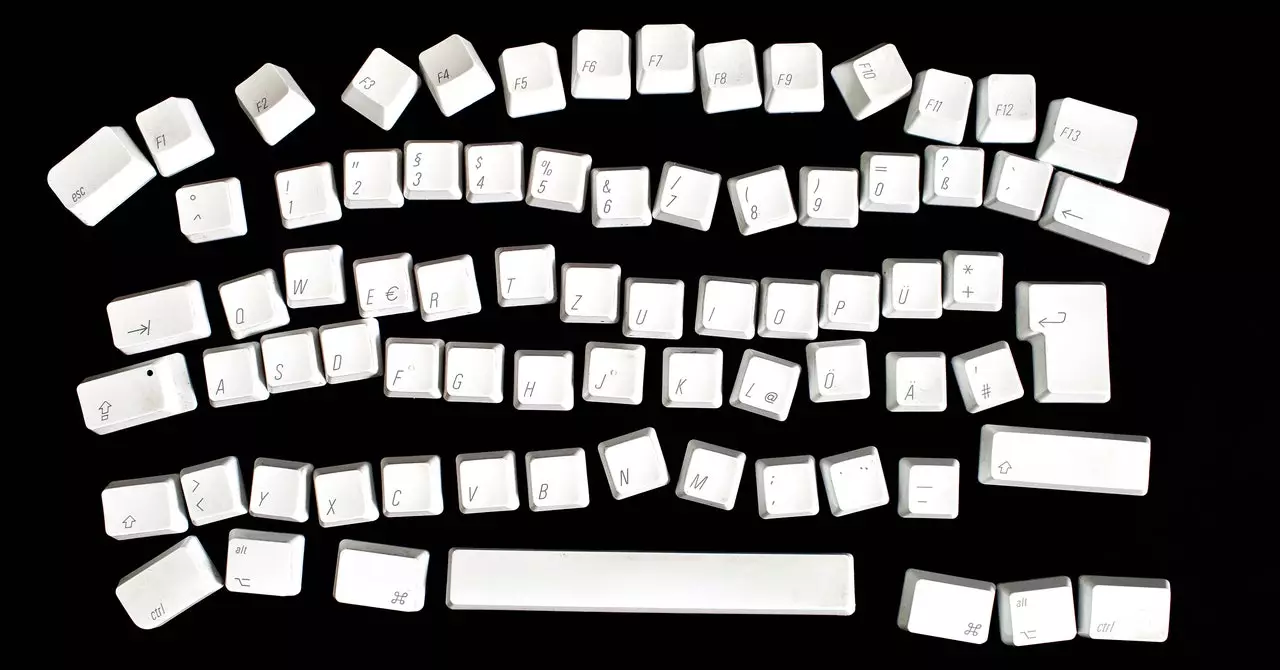Detecting AI-generated text, such as that produced by tools like ChatGPT, presents a significant challenge. While tools like GPTZero aim to help users identify bot-generated content, the process is not foolproof and can result in false positives. The intricacies of AI text detection have garnered attention from journalists, researchers, and educators seeking to understand and address this issue.
One proposed method for combating AI-generated text is the use of watermarks to designate specific word patterns as off-limits for AI generators. While initially promising, researchers have expressed skepticism about the effectiveness of this approach. Despite efforts to implement watermarks, the underlying weakness of this strategy has been demonstrated, highlighting the ongoing challenges in accurately detecting AI-generated content.
The prevalence of AI-generated text extends beyond homework assignments to academic journals, where the unauthorized use of AI-written papers poses a threat to the integrity of scientific literature. Detecting and addressing AI content in academic settings is crucial to maintaining the quality and credibility of scholarly work. Specialized detection tools are being developed to identify AI-generated content within peer-reviewed papers, but further advancements are needed to effectively combat this issue.
As AI-generated products, such as books, increasingly appear for sale on platforms like Amazon, questions arise about the responsibility of companies to identify and flag these items. The debate over false positives, where human-written text is mistakenly identified as AI-generated, raises concerns about the accuracy and reliability of detection algorithms. Balancing the benefits of labeling algorithmically generated content with the potential drawbacks remains a contentious issue within the AI detection community.
Tools like Turnitin, which offer plagiarism detection capabilities, have begun incorporating AI spotting features to identify bot-generated content. However, concerns about false positives and biases against non-native English speakers have led some institutions to question the reliability of these detection methods. As developers strive to enhance AI detection algorithms, addressing the risks of inaccurate results remains a critical area of focus for the future of AI text detection.
Detecting AI-generated text poses numerous challenges for researchers, educators, and technology companies. From the complexities of watermarking strategies to the implications for academic integrity, the need for accurate and reliable AI detection methods is more pressing than ever. As the field continues to evolve, addressing issues of false positives and biases will be essential in advancing the effectiveness of AI text detection tools.


Leave a Reply